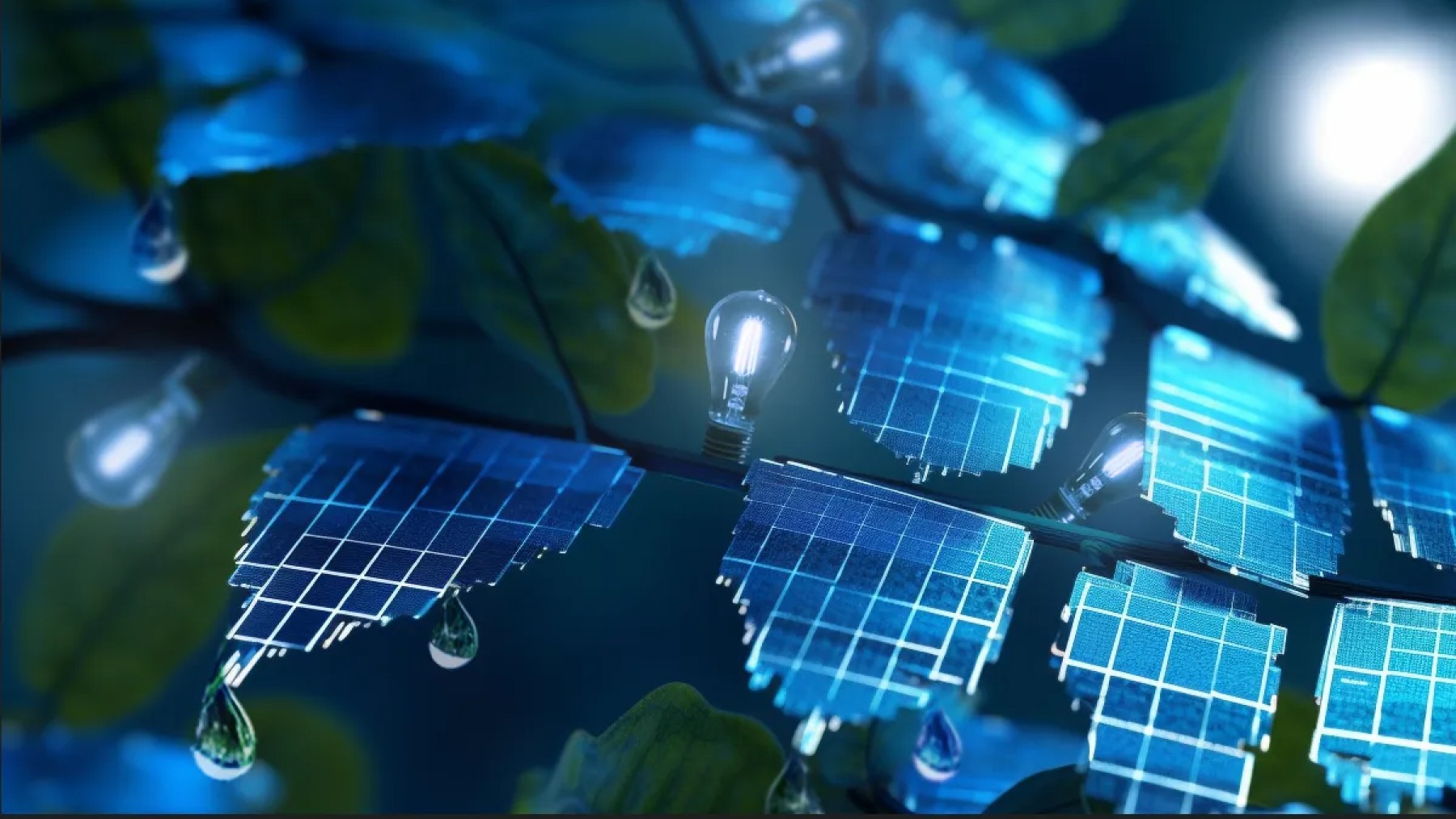This leaf is the most powerful solar panel in history: It deflects the Sun and works like this
November 26, 2024

Solar concentrators continue to develop, and they offer innovative advances to improve scaling and efficiency in solar energy systems. One such is luminescent solar concentrators (LSCs). These were invented in the 1970s, but they have just now been revolutionized. Researchers at Ritsumeikan University in Japan have proposed a design study called the “leaf LSC,” which tends to rely on nature to solve the remaining problems and to open new possibilities in solar energy technology.
Traditional solar collectors: Efficient but limited in application within urban environments
Most concentrator solar collectors depend on mirrors and lenses to focus sun beams onto photovoltaic (PV) cells. This method works well, but they have poor performance in diffuse light collection, and they would not integrate well in an urban setting.
Luminescent solar concentrators (LSCs) get around these limitations with luminescent materials that absorb sunlight and then emit those absorbed photons photoluminescent toward PV cells for energy conversion. One of the most significant challenges of LSCs is scalability for larger areas. One of the main problems is self-absorption, which takes place when reabsorbed photons are absorbed again in the waveguide and this self-absorption reduced the overall efficiency.
Thus, LSCs have been restricted to a limited number of niche applications such as building-integrated photovoltaics, where their semi-transparent, colorful designs are an aesthetic bonus over mere energy generation.
Leaf LSC: A tree-inspired breakthrough in solar energy
To solve the scalability problems, researchers came up with the leaf LSC, which resembles the design of a tree. It is a small luminescent plate (“leaves”) around a central luminescent fiber (“stem”). Incoming photons would be absorbed and then converted into PL photons by these plates and guided through the fiber to a PV cell at its tip.
What makes the design excellent is that it is modular at all levels, thus amplifying efficiency tremendously. This is because the effect of reducing the area of the individual light collecting plates is dramatic. For instance, cutting a leaf LSC from 50 mm to 10 mm on one of its sides makes a significant difference in efficiency.
Furthermore, its modular system is potential in terms of maintenance because replacement of damaged parts is easy and, at the same time, incorporation of enhanced luminescent materials is done as they are coming without much hassle.
The efficiency of the system is further enhanced through techniques from traditional LSCs such as edge mirrors and tandem structures. The loss of photons via self-absorption and scattering would minimize the amount of available light entering the PV cells. Light guides that linearize several fibers to a single PV cell increase the incident area- the energy captured incidentally while maintaining high efficiency.
Efficiency meets precision: Getting best performance from Leaf LSC
In fact, the leaf LSC is as critical as any solar energy breakthrough, and the area of implications extends far beyond its innovative design. According to the advanced analytical methods in experiments reported in the Journal of Photonics for Energy, the optical efficiency of this leaf LSC can be calculated.
This precision enables researchers to optimize performance based on the spectrum and intensity of sunlight. “By combining scalable, bio-inspired designs with enhancements in optical engineering, the authors have increased the efficiency of their devices toward what is needed for practical use,” said Sean Shaheen, Editor-in-Chief of JPE.
Installing an LSC leaf does not just make it an ideal renewable option for small installations but also for bigger projects and building integrated photovoltaics. This ability to harvest diffuse light makes it an important option in cities where renewable energy systems are often hard to integrate into current infrastructure.
The leaf LSC greatly advances the solar power system in both scalability and efficiency for realistic renewable energy solutions. With bio-inspired design and advanced engineering, it can leverage solar concentrators as a foundation of a sustainable energy system for a cleaner, brighter future.
Search
RECENT PRESS RELEASES
Related Post

